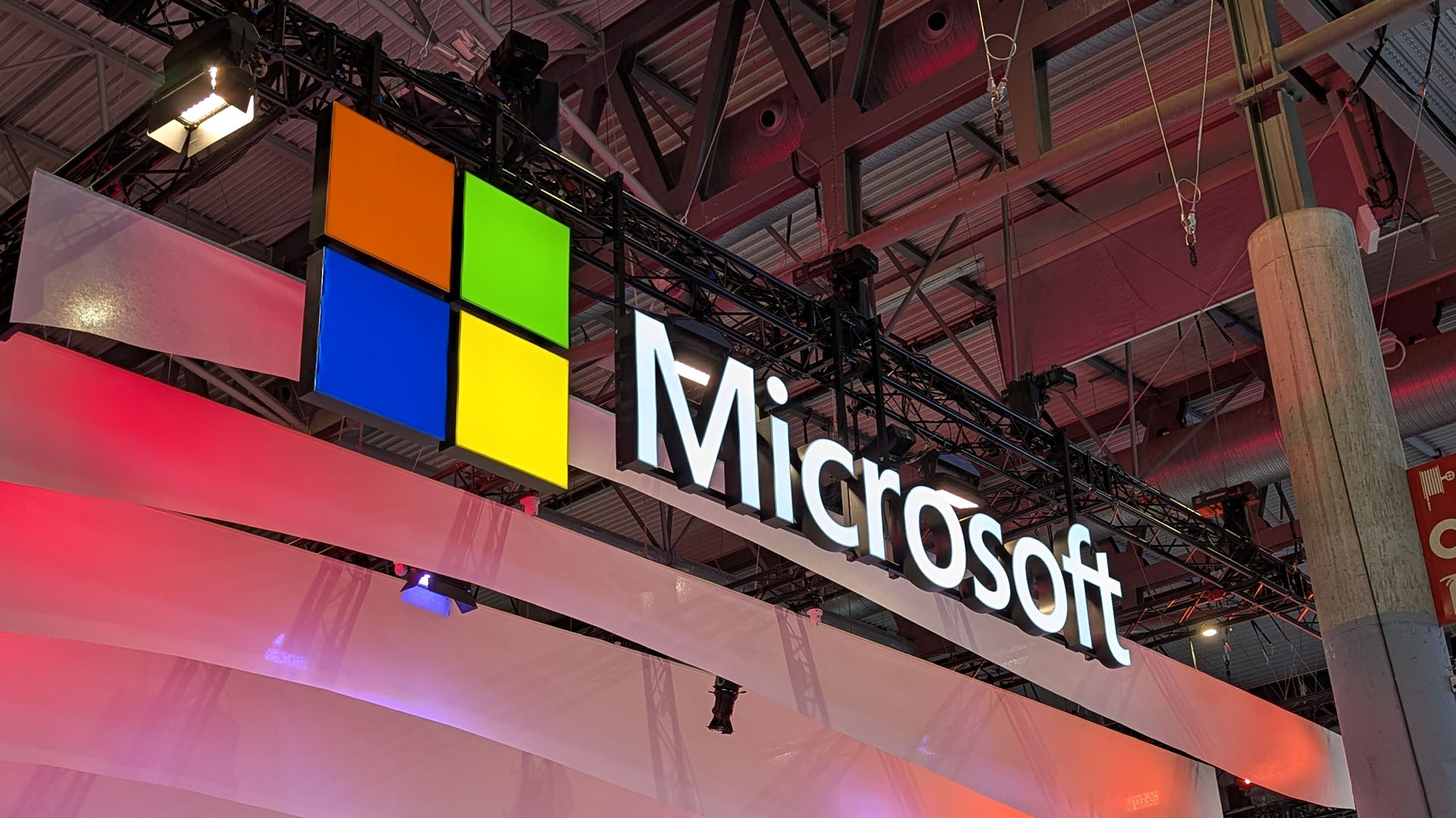Microsoft introduces Phi-4 reasoning SLM models — Still "making big leaps in AI" while its partnership with OpenAI frays
Microsoft's most advanced Phi-4 small language model (SLM) competes with the performance of larger-scale models.

While Microsoft's multi-billion-dollar partnership with OpenAI has seemingly begun fraying, the company is still keen on making its mark in the generative AI landscape first-hand.
The software giant's latest efforts include the launch of several small language AI models (SLMs) — Phi 4 reasoning, Phi 4 mini reasoning, and Phi 4 reasoning plus.
As you may know, Microsoft unveiled its "Phi" range of AI models over a year ago, designed to help developers build apps more efficiently. The new models build on Microsoft's focus to redefine AI development through smaller models that require less computing power yet deliver effectiveness and efficiency.
Like most AI labs, Microsoft is also leaning more towards reasoning models that, rather than blurting out a generic response to a query, take a little longer to respond while fact-checking for a well-curated and more accurate response.
Using distillation, reinforcement learning, and high-quality data, these models balance size and performance. They are small enough for low-latency environments yet maintain strong reasoning capabilities that rival much bigger models. This blend allows even resource-limited devices to perform complex reasoning tasks efficiently.
Microsoft
For context, Microsoft's Phi-4 reasoning model was trained using web data and curated demos from OpenAI's o3-mini model. As expected, it performs well across a wide range of fields, including math, science, and general coding.
The new models are based on the company's previously released Phi 4 model, now transformed into reasoning models with better accuracy for various tasks.
Microsoft's new Phi-4 mini reasoning model was apparently trained using approximately 1 million synthetic math problems generated by DeepSeek’s R1 model. The 3.8 billion-parameter open-weight reasoning model is designed for educational apps.
All the latest news, reviews, and guides for Windows and Xbox diehards.
Microsoft claims its new models are on par with DeepSeek's R1 reasoning model as far as performance is concerned, despite having fewer parameters. The new Phi-4 variants also take on OpenAI's o3-mini reasoning model in OmniMath skill tests, where a model's parameters determine its capability to solve problems and complete complex tasks.

Kevin Okemwa is a seasoned tech journalist based in Nairobi, Kenya with lots of experience covering the latest trends and developments in the industry at Windows Central. With a passion for innovation and a keen eye for detail, he has written for leading publications such as OnMSFT, MakeUseOf, and Windows Report, providing insightful analysis and breaking news on everything revolving around the Microsoft ecosystem. While AFK and not busy following the ever-emerging trends in tech, you can find him exploring the world or listening to music.
You must confirm your public display name before commenting
Please logout and then login again, you will then be prompted to enter your display name.
